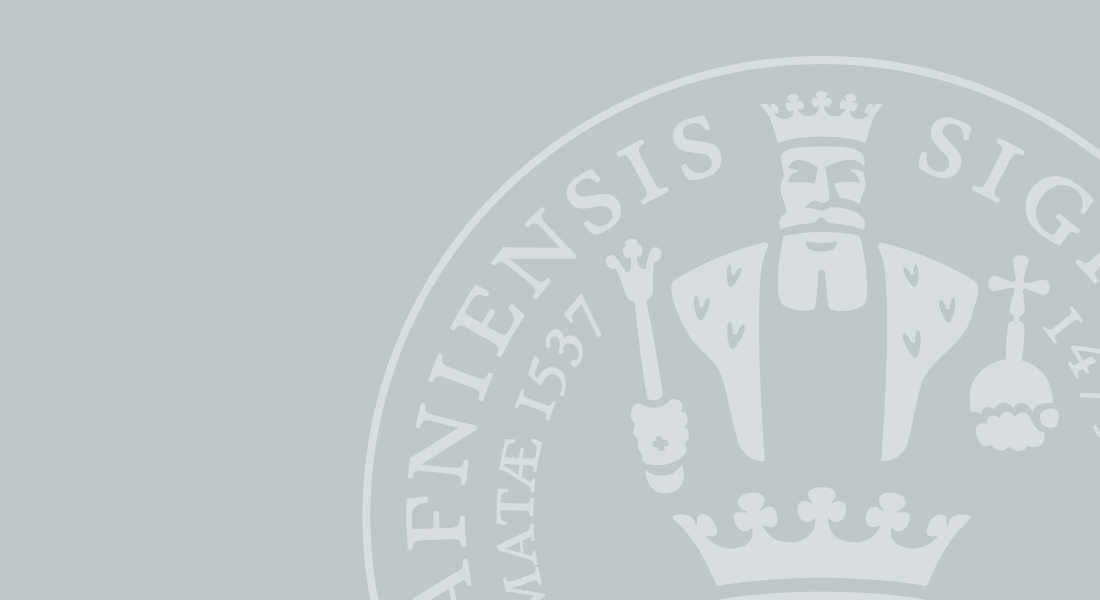
Physics at the University of Copenhagen
At the Niels Bohr Institute at the University of Copenhagen, we research and teach within a broad spectrum of physics areas: Quantum computers and quantum communication, astrophysics, particle physics, computational physics, solid state physics, climate and geophysics and biophysics.















